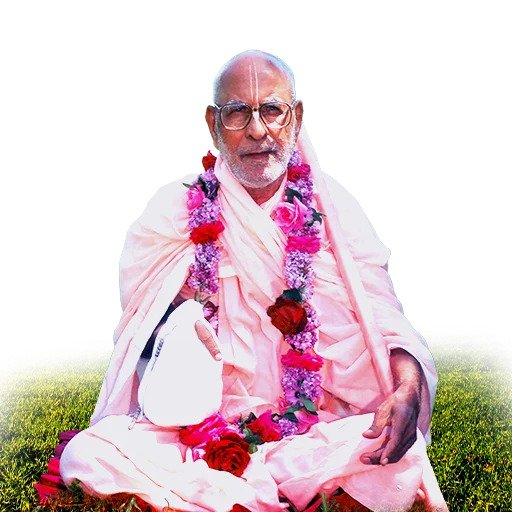- Home
- Temple
- Surila Gurudev
- Activities
-
Events
Upcoming Festivals
- Participate

On February 7, 1921, on the new moon day of the month of Magha, Srila Bhaktivedanta Narayana Gosvami Maharaja was born in a highly educated and respected Brahmin family in the village of Tiwari Pur in the Buxar district of Bihar, India. He was named Sriman Narayana. His parents were devoted Vaishnavas of the Sri Sampradaya, and from early childhood, his father regularly took him to Ramayana recitations, which he loved. His devotional nature was evident from a very young age. In 1945, a disciple of Srila...
Our FounderIntroducing Our Passionate and Talented Team: The Driving Force Behind Our Success
PRESIDENT, IGVT
VICE-PRESIDENT, IGVT
VICE-PRESIDENT, IGVT
VICE-PRESIDENT, IGVT
SECRETARY, IGVT
JOINT SECRETARY, IGVT
JOINT SECRETARY, IGVT
TREASURER, IGVT
EXCUTIVE MEMBER, IGVT
EXCUTIVE MEMBER, IGVT
EXCUTIVE MEMBER, IGVT
EXCUTIVE MEMBER, IGVT
EXCUTIVE MEMBER, IGVT
EXCUTIVE MEMBER, IGVT
EXCUTIVE MEMBER, IGVT